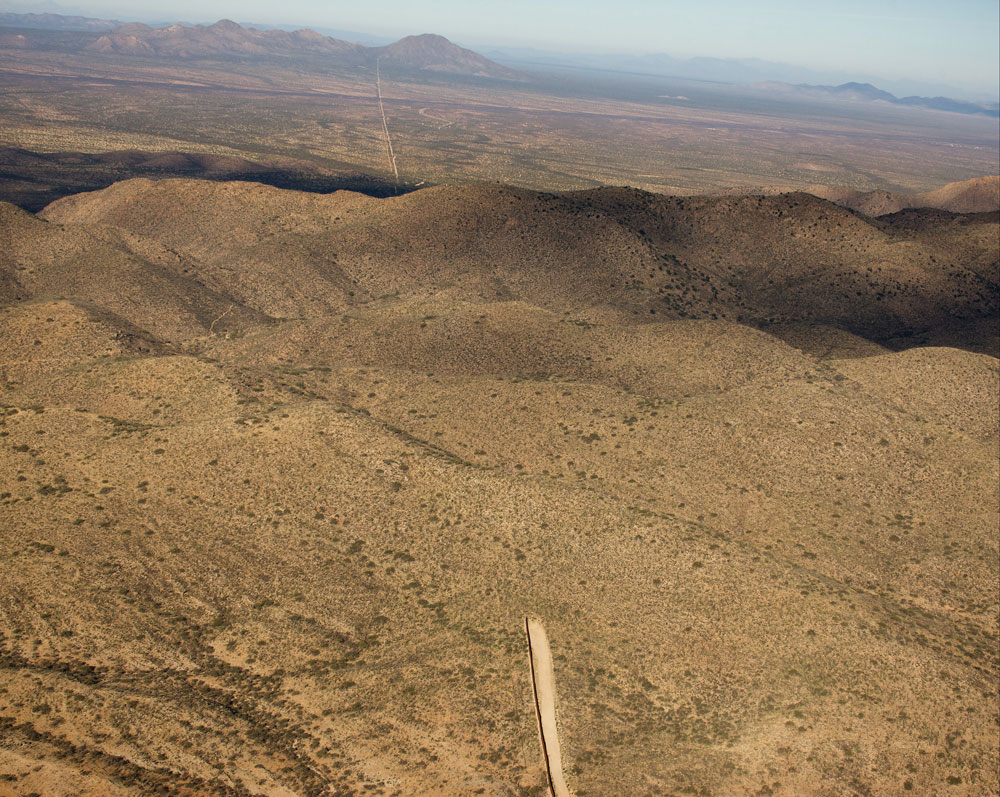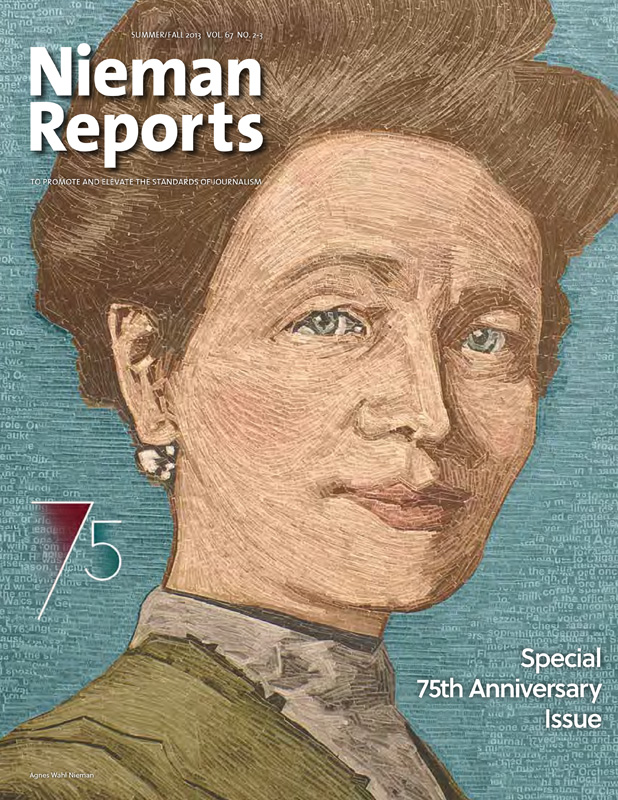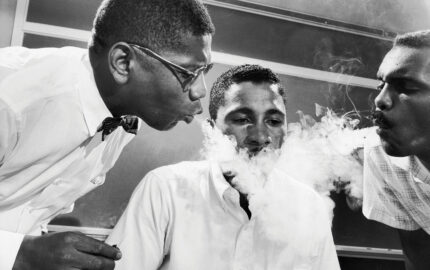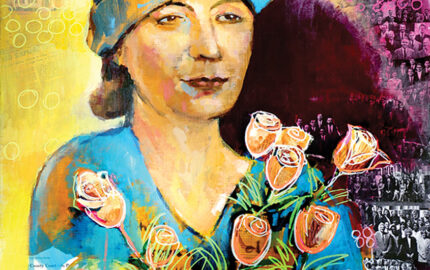A photojournalist, Knight has covered conflicts throughout the world. He is a co-founder of VII Photo Agency and the Angkor Photo Workshops
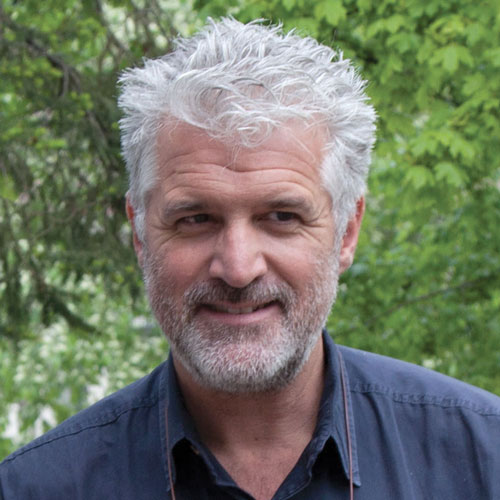
I arrived at Harvard after spending 20 years photographing people at very close proximity in the act of war or violence in Asia, Africa, Europe and the Middle East for weekly newsmagazines. By the mid 2000s, I felt I had become engaged in what I saw as a hierarchical, proscribed and increasingly ignoble form of journalism. I am grateful for the opportunities I had, but I wanted to step off the carousel and change my relationship with the world—and with journalism and the media.
I felt constrained by the orthodoxy of the media and the practice of the craft as I had experienced it. I knew I wanted to remain at large and engaged as a storyteller with the parts of the world I care deeply about, but I wanted to change the process and the outcomes. I couldn’t work within the same constraints. I had no idea what I would find at Harvard and while I sought nothing specific I was hoping to find something that would at least help me begin to reshape what would come next.
There were three courses I took that changed everything. Constance Hale’s narrative writing course at the Nieman Foundation gave me the courage to experiment with the wonder of writing. Anne McGhee’s life drawing class at the Graduate School of Design, courtesy of the Loeb Foundation, helped me leave the violence behind and see without a camera. And perhaps most of all, professor John Stilgoe’s Studies of the Built North American Environment helped me see beauty, significance and nuance in what were hitherto the most unremarkable places. I saw magic in the unspectacular. He helped me re-embrace the possibilities of imagery and visual narratives and look for things I would never have looked for before.
When I left Harvard, I picked up a camera for the first time in a year and went to Arizona and photographed a story on immigration using the built environment—the landscape—as the sole character in the story, an unthinkable idea before I met professor Stilgoe. My journalism now includes writing, drawing and a photography inspired by finding magic in the ordinary. It is neither hierarchical nor proscribed. And I founded with Sherman Teichman of the Institute for Global Leadership at Tufts University something called the Program for Narrative & Documentary Practice, which encourages students to rethink the possibilities of nonfiction storytelling. The Nieman year was one of the most transformative of my life.
